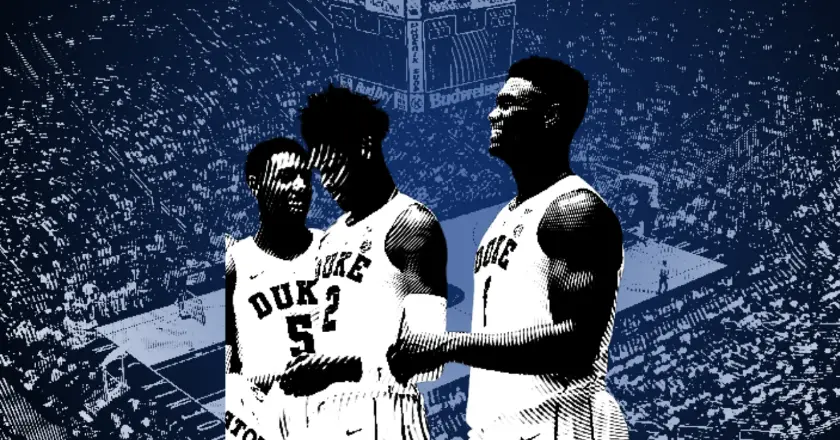The NBA’s implementation of the “one and done” rule in 2006 has sparked widespread discussion and debate regarding its impact on college basketball and player development. This rule mandates that players must be at least one year removed from high school before becoming eligible for the NBA Draft. Over the years, it has led to a revolving door of talent in college basketball, altered competitive balance, and raised questions about the best path for player development. This paper delves deeper into these effects, considering both the advantages and drawbacks of the one and done rule while exploring potential alternatives and the ongoing discussions surrounding its future.
The one and done rule has created a situation where elite high school prospects spend a brief stint in college before turning professional. This has led to a constant turnover of talent and its subsequent impact on college basketball. This section discusses the consequences of this revolving door, including its effect on team cohesion, roster stability, and the overall fan experience. It also examines the role of elite programs in recruiting and relying heavily on one-and-done players, exploring the implications for both the programs and the players themselves.
The concentration of top talent among a select few teams due to the one and done rule has disrupted the competitive balance in college basketball. This section explores the implications of this disparity, including the challenges faced by smaller schools in recruiting top-tier talent and competing against the dominant programs. It delves into the debates surrounding fairness, the increasing financial disparity between programs, and the potential long-term consequences for the overall health and sustainability of college basketball.
From a player development perspective, the one and done rule has its advantages and drawbacks. This section examines the positive aspects of spending a year in college before turning pro, such as adjusting to the higher level of competition, receiving coaching from experienced mentors, and improving skills. It also explores the broader development of players, including the acquisition of life skills and maturity through college experiences. However, the section also discusses the limitations of the one-year college stint in fully developing players, particularly in terms of addressing weaknesses and adapting to the demands of the NBA.
As the discussions surrounding the one and done rule persist, there is a growing recognition of the need for alternative paths and greater flexibility for player development. This section explores potential alternatives to the current rule, such as allowing players to enter the draft directly from high school or creating alternative development paths outside of college. It examines the experiences of other sports leagues, such as the NFL and Major League Baseball, to draw insights into how alternative systems could be implemented effectively in basketball.
The NBA and the National Basketball Players Association (NBPA) play a crucial role in shaping the future of the one and done rule. This section analyzes the stance of both organizations, their motivations, and their potential influence on the rule’s future. It explores the historical context of the one and done rule, the factors that led to its implementation, and the evolving perspectives of the NBA and the NBPA regarding its efficacy and fairness.
The one and done rule not only affects domestic players but also has implications for international talents seeking to play in the NBA. This section examines how the rule impacts international players’ decisions to play college basketball or pursue alternative paths. It considers the advantages and challenges they face, including cultural adjustments, language barriers, and the evaluation of international talent by NBA scouts and teams.
This final section summarizes the key points discussed throughout the paper and considers the potential future scenarios for the one and done rule. It highlights the ongoing debates, the perspectives of various stakeholders, and the challenges in finding a balanced solution. It also acknowledges the evolving landscape of college basketball and the NBA, including the potential impact of new developments such as the G League Ignite program.
The NBA’s “one and done” rule has had a profound impact on college basketball and player development. The revolving door of talent, altered competitive balance, and the pros and cons of the rule itself have sparked discussions about fairness, equity, and the best path for players’ growth. As the NBA and NBPA consider potential revisions to the rule, the future of player development in the context of college basketball and the NBA remains uncertain. Continued dialogue and thoughtful consideration of alternative paths will be essential in shaping the future landscape of basketball and ensuring the holistic development of its players.

